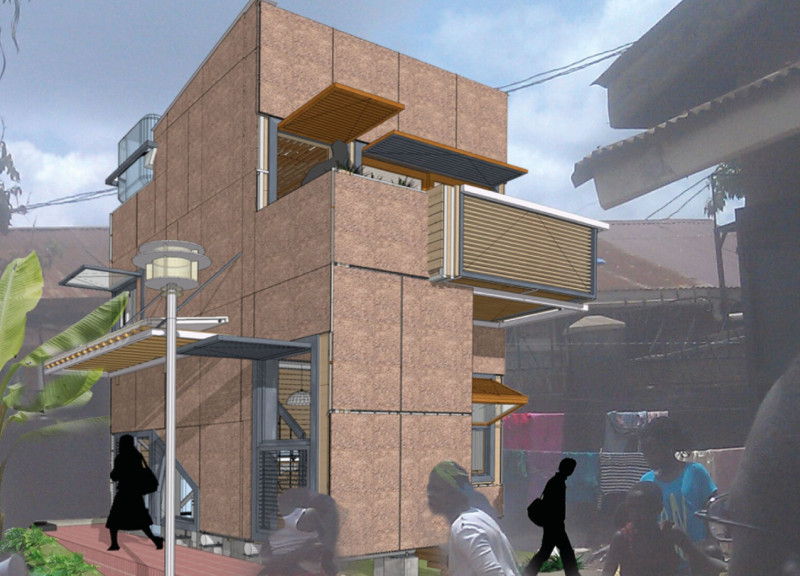5 key facts about this project
The design addresses urban conditions found in the global South, focusing on the revitalization of urban voids and adapting to planned transit sub-urbias and informal fringes. The overall concept revolves around transforming neglected areas into usable environments that can accommodate an increasing number of rural migrants. By prioritizing essential services and walkable amenities, the design fosters a sense of community and sustainability, ensuring that residents have access to their daily needs.
Urban Voids
Inner-city urban voids play a crucial role in this design. These spaces often remain empty due to both formal and informal development patterns. The transformation of these voids into lively gathering spots creates functional habitats crucial for local populations. The design interventions aim to enhance social interaction and encourage community development, addressing urban challenges through thoughtful planning and architecture.
Planned Transit Sub-Urbias
As land prices in urban centers rise, new poly-centres linked by transit routes become vital. The design responds to the demand for affordable housing and mobility by creating areas that facilitate easy movement and access to services. This approach greatly benefits the younger population looking for modern living environments. By enhancing connectivity throughout the urban layout, the project contributes positively to the overall urban ecosystem and livability.
Informal Urban Fringes
Informal urban fringes are another important focus. These unregulated zones represent a reality for many, and the design recognizes their significance in the larger urban context. It integrates infrastructure that supports marginalized communities, offering essential services and resources. By focusing on inclusivity, the design aims to improve the quality of life for residents in these areas. This responsiveness to existing challenges emphasizes the project's practical benefits.
Materials and Construction
Material choices play a key role in the execution of the design. Stabilized earth rendered panels and in-situ stabilized earth mix rendering on metal lathe layers reflect a commitment to sustainable building techniques. The architecture utilizes anchoring systems made of 10mm diameter bolts that connect panels to timber frames. These elements ensure the structure is both robust and easy to assemble. The focus on low-carbon construction aligns the project with eco-friendly practices while maintaining durability and function.
The architectural layout encourages interaction between private and shared spaces while allowing flexibility for different uses. Urban farming and alternative medicine gardens are notable features that enhance community engagement with the surroundings. These elements turn the design into more than just a living space; they create a small ecosystem where residents can thrive.






















































